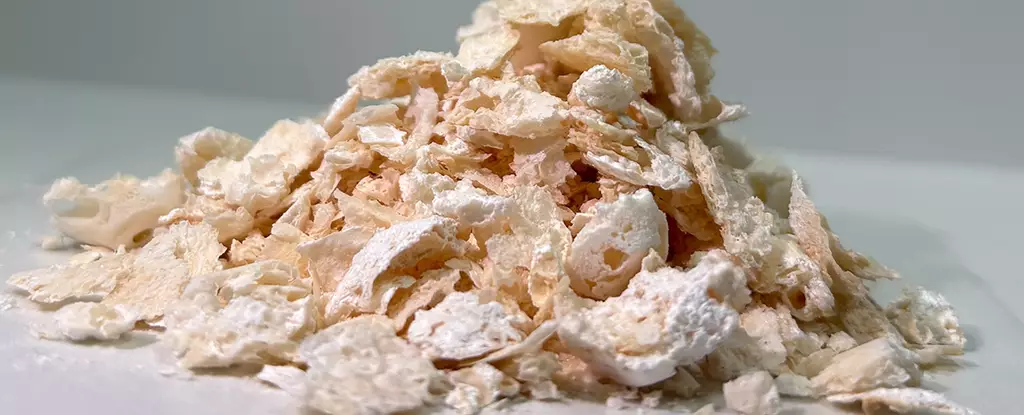In the relentless pursuit of environmental sustainability, the spotlight has often been cast on alternative materials that promise to alleviate the ecological burden of traditional plastics. Among these, pyridinedicarboxylic acid (PDCA) emerges as a notable candidate, lauded for its potential to lead us closer to a biodegradable future. However, a deeper analysis reveals that such optimism may be premature, and perhaps even misguided. While recent advancements in manufacturing processes are promising on paper, they often mask underlying complexities and limitations that threaten to undermine the very sustainability they aim to achieve. It is essential not to accept these technological breakthroughs uncritically but to examine whether they truly address the root problems or merely offer superficial solutions.
Technological Hype Versus Practical Reality
The recent research from Kobe University signifies a leap forward in producing PDCA more efficiently, increasing yields by a factor of seven and eliminating certain toxic waste byproducts—at least in principle. Such progress might appear to herald a new era in bioplastics, yet a sober perspective suggests caution. The process still involves feeding glucose to genetically engineered bacteria, a laboratory marvel that faces daunting challenges when scaled to industrial levels. The introduction of additional chemicals, such as pyruvate, to combat residual toxins adds another layer of complexity. These chemicals could complicate the manufacturing process, hike costs, and potentially introduce new environmental or health risks.
Moreover, the paradigm of relying on bioreactor systems—while seemingly sustainable—raises questions about resource consumption, energy inputs, and the durability of such systems. Is scaling this process truly feasible without negating the ecological benefits achieved in the lab? Or are we merely trading one set of environmental issues for another? The answers remain uncertain, and history warns us that many promising scientific breakthroughs falter when confronted with real-world logistics and economics.
Progress or Illusion? The Broader Context
More fundamentally, focusing solely on improving production efficiency and reducing waste in bio-based plastics overlooks a sobering truth: the environmental footprint of plastic itself is rooted in an insidious and systemic pattern of overproduction and consumer-driven excess. While biodegradable alternatives such as PDCA may offer some relief—particularly in reducing microplastic pollution—they are not silver bullets. Market dynamics, consumer habits, and infrastructural limitations pose significant barriers to the widespread adoption of truly sustainable plastic materials.
Furthermore, the environmental impact of large-scale biomanufacturing processes must not be underestimated. Is the energy used to cultivate bacteria, harvest the product, and process these materials truly less harmful than traditional methods? Although the article hints at cleaner reactions and potential natural ingredients, these claims often sidestep the full lifecycle analysis required to validate such assertions. Innovation in materials should not be viewed in isolation; it must be integrated into a holistic framework that considers environmental, social, and economic sustainability.
From Hope to Realism: Rethinking Eco-friendly Innovation
In the end, the journey towards sustainable plastics is riddled with trade-offs, misconceptions, and premature optimism. The narrative surrounding PDCA could serve to inspire action, but it should also serve as a sobering reminder that technological fixes alone cannot undo the damage inflicted by decades of reckless consumption. Instead, embracing a pragmatic approach that prioritizes reducing plastic use, improving recycling infrastructure, and investing in truly circular economies might be more effective.
The allure of biodegradable plastics like PDCA is undeniable—an appealing promise of a cleaner future. Yet, it is essential to view these innovations critically, understanding that their ultimate impact depends not only on scientific breakthroughs but also on systemic changes in how societies produce, consume, and dispose. Sustainable innovation is not merely about creating better materials; it involves reframing our entire relationship with plastic and environmental stewardship. Until then, any championing of PDCA as a miraculous solution risks distracting us from the more challenging but necessary work of addressing the roots of plastic pollution—something no laboratory breakthrough alone can resolve.

